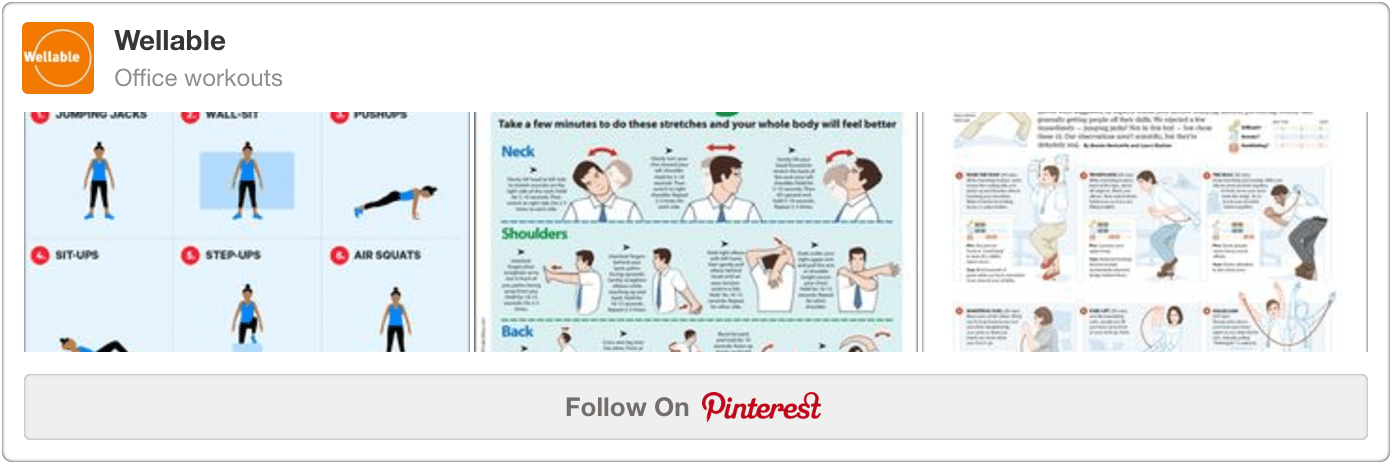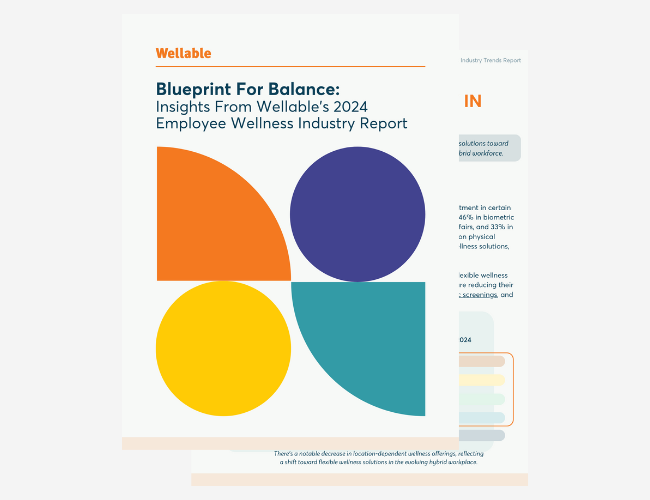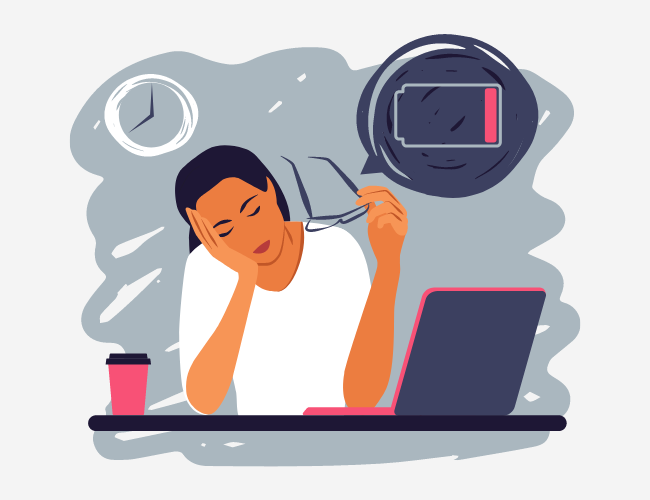
Prolonged sitting has been called “the new smoking” because of its adverse effects on heart health. Now, being glued to the seat is also linked to mental health symptoms; researchers in Australia recently found a link between prolonged sitting, low activity levels, and depression.
The group set out to follow 8,950 women, aged 50 to 55 to study the progression of their depression symptoms in connection with their sitting habits. The subjects completed surveys in 2001, 2004, 2007, and 2010 with information about their sitting and exercising habits as well as their current health conditions. Researchers found a 47% higher risk for depressive symptoms among women who sat for more than seven hours a day compared to ones who sat for four or fewer hours. Additionally, individuals who followed physical activity guidelines (at least 30 minutes of exercise on most days) were much better off compared to their sedentary counterparts – a whopping 99% lower risk.
What about the ones who neither workout nor avoid sitting too much? Tripled risk of experiencing depressive symptoms.
This is not the first time researchers linked sitting with depression. The Telegraph wrote about a study of 25,000 people that showed “an association between sitting in front of a computer for five hours a day and experiencing feelings of depression and anxiety.” Similarly, another study in the Biofeedback Journal reported that people who slouch in their chairs experience a decrease in energy levels and increase in depressive feelings.
Of course, correlation doesn’t necessarily mean causation – The Huffington Post quickly pointed out that “the study only shows an association and doesn’t tease out whether depression causes one to want to sit or incline to inactivity, or if sitting for too long actually makes one depressed.”
Regardless, with the mounting evidence of how toxic excessive sitting can be to our health, employers should seriously evaluate the consequences of having employees glued to their chair all day at work. These health issues, both mentally and physically, will negatively affect engagement, morale, and ultimately productivity.
Given the fact that employees spend almost half of their waking hours at work, there are a lot of things you can do to make your office space more walking friendly. Try simple tactics such as holding walking meetings, organizing quick bursts of workouts intermittently throughout the day, and designing offices to encourage extra steps. Whichever activity you go with, remember that one-off programs are not very effective at changing the culture for the better. Focusing on developing a long-term wellness program will be much more beneficial for both employees and the bottom line.
Check out our Pinterest Board for office workout ideas!













